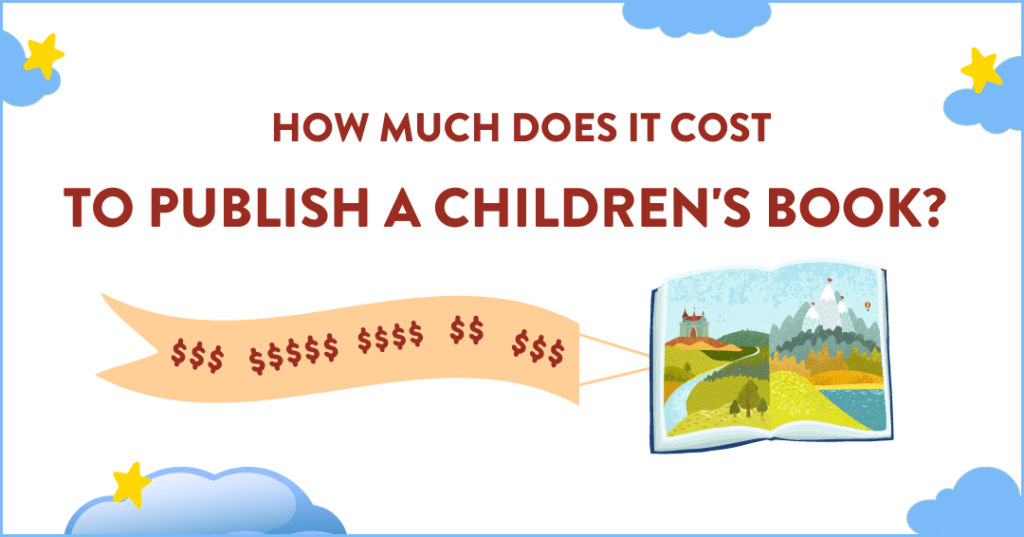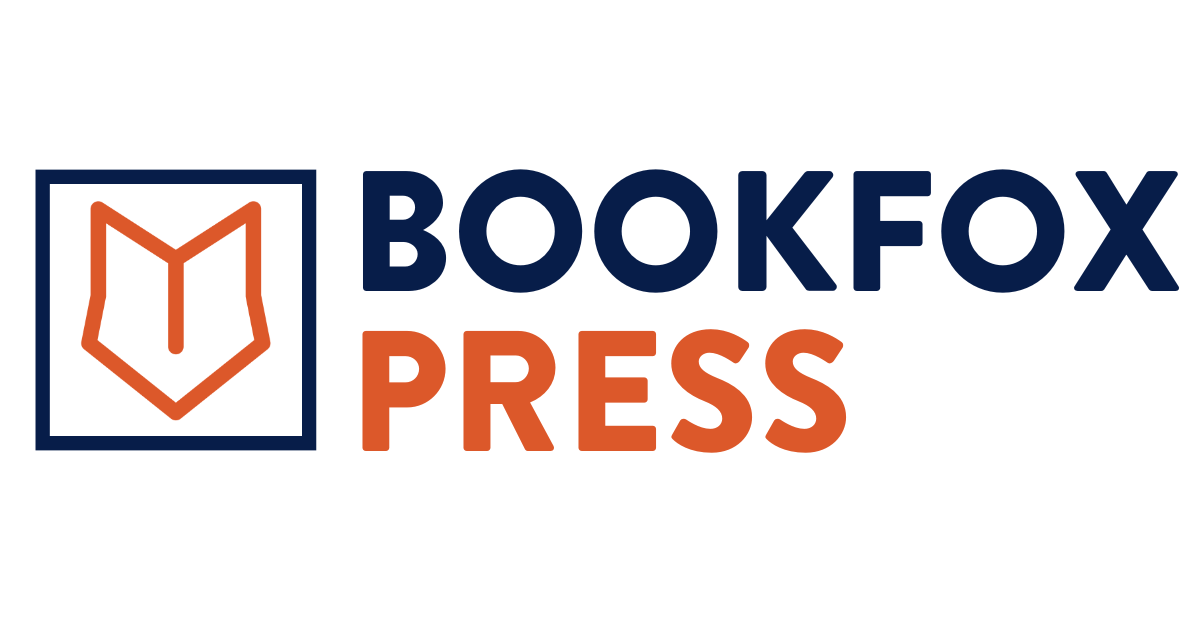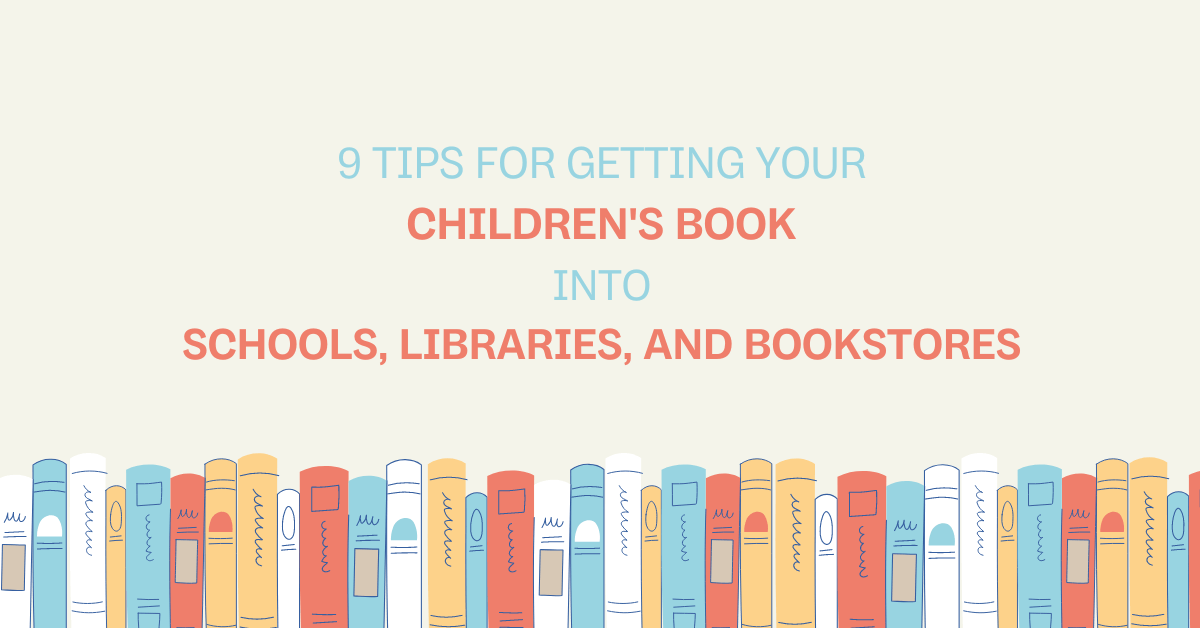
Guest post by Courtney Langdell
You’re holding your published children’s book in your hands—so exciting!—but how do you get it from your hands to library and bookstore shelves?
Here are our top nine tips for getting your children’s book into schools, libraries and bookstores:
1. Use a Wholesaler
Libraries and bookstores won’t buy your book through your website or Amazon. They purchase through major wholesalers, which means you’ll need to get your book on a wholesaler’s distribution list.
An easy way to accomplish this is by publishing through Ingram Spark. They’re a major distributor to schools, libraries and bookstores—and they provide print-on-demand (POD) services for self-published books. So, if you upload your book to their site, they’ll add it to their catalogue and then print and ship any copies that libraries and bookstores choose to order.
Publish through Bookfox Press, and we’ll upload your book to Ingram Spark for you!
Keep in mind, publishing through a wholesaler only gets you into their catalogue. Libraries and bookstores will still need to select your title when it comes time to order new inventory. You’ll need to make them aware of your book and of why they should buy it. More on that below.
2. Get Reviews
You’re a writer, so you can probably silver tongue a convincing pitch about why your book is a must-read. But libraries and bookstores know better than to rely on your word alone.
Reviews go a long way in convincing libraries and bookstores to stock your book!
Here are a few trusted voices whose four or five stars might land your book on the shelf. Some review for free and others require payment.
- The Children’s Book Review
- Kirkus
- Publisher’s Weekly
- School Library Journal
- Booklist
- The Midwest Book Review
- Common Sense Media
- All major newspapers
3. Do your Research
Contact a bookstore or library branch’s head of acquisitions. Libraries and small bookstores are especially keen on catering to their local patrons—so take this opportunity to ask what topics are most popular.
You can also ask if they accept self-published books (if that applies to you) and which wholesalers they use.
The main distributor that works with libraries is Baker and Taylor.
4. Create a Sell Sheet
A sell sheet provides all the important info about your book at a glance. You should include one whenever pitching to libraries and bookstores, and include the following information:
- Title
- Publisher
- Picture of the cover
- Formats and ISBNs
- A brief description of the book
- Any awards the book has won
- Any 4- or 5-star reviews
- Why local patrons will want to read it
- Which wholesalers distribute it
5. Pitch your Book
Now that you have your handy dandy sell sheet, it’s time to start reaching out to libraries and bookstores. Jane Friedman offers a great email template for pitching your book to local libraries.
Schools are a little trickier, because they often don’t have time to dedicate to books about topics outside of their curriculum.
Try reaching out to the curriculum director at local schools and find a way to tie your book into the curriculum or common core topics. Make sure you know what grade(s) you are targeting.
6. Offer to do an Event
While you’re pitching, sweeten the pot by offering to do an event! Author readings and book signings generate buzz for your book and for the host establishment. So, it’s a win-win!
That said, some are busier than others…bookstores tend to do a lot of these events and getting one can be competitive. Check out our tips for landing bookstore readings.
As for libraries, they’ll likely have programming posted online or inside. See if your book relates to any of their scheduled programming and offer to do an event as part of their lineup.
Similarly for school libraries, offer to read to a class or a grade that is studying a related subject or theme. Schools often have wider initiatives like core values, friendship, or anti-bullying campaigns that your book might tie into as well.
7. Make a Donation
Libraries (school or otherwise) typically don’t have the same budget that bookstores do. If a library expresses interest but it’s not within their budget to purchase, consider donating a copy. This will get the book into your community and generate word-of-mouth advertising.
If a library notices your book passing through a lot of little hands, they might purchase additional copies. In addition, they’ll be more likely to buy your future books!
Be sure to follow your library’s guidelines for donations, so that the book is approved through the proper channels. Otherwise, it’ll end up in a backroom pile somewhere, or at the next library book sale.
8. Have others Request your Book
Leverage your audience! Have your readers, friends, and family request your book at local libraries and bookstores.
Those in charge of acquisitions will gladly deliver in-demand titles to their patrons, and it makes their job easier when patrons are clamoring for a specific book.
9. Have a Quality Book!
It may sound silly, but you’d be surprised! Some authors choose to self-publish without having a copy editor comb through their manuscript or they use illustrations that are too simple to capture their reader’s attention.
If your book is on a library or bookstore shelf, it is standing among the greats! So it will need to be up to snuff. Choose a quality printer, splurge on quality illustrations, and for goodness sake, hire a copy editor!
At Bookfox Press, we’ll take care of the quality for you! Publish through us and we’ll make sure you have a beautiful product that is ready for the shelf!




